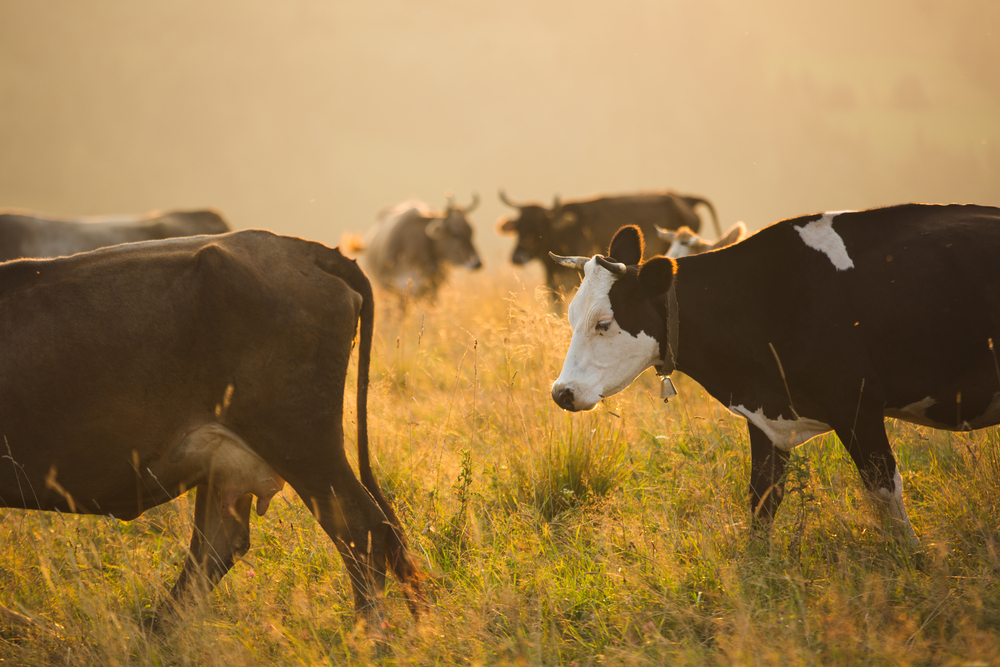Common Health Concerns in Cattle
June 30, 2017
For those who raise their own cattle, making sure they maintain optimum health is a seven day per week job. Whether it’s vaccinating for diseases, worming, watering and feeding, or treating open wounds, caring for cattle and their common health concerns can be a huge challenge for anyone, experienced and novice farmers alike. So, even though these concerns can come out of nowhere, regardless of precautions, it’s crucial that anyone intending to raise cattle knows what is most likely to affect them, so that they are prepared and don’t lose any more cows or money than they must. So, here are a few health concerns typical of cattle.
Contagious Diseases
Tuberculosis and brucellosis: These highly contagious diseases are very similar and spread during calving via infected material. Because these diseases threaten people, due to infected, unpasteurized milk, they must be avoided by ensuring cattle are brought in and bred from reliable sources. Don’t lend or borrow calving equipment, and isolate infected or pregnant animals if either disease is prevalent.
Foot and Mouth Disease: This disease causes lesions like blisters on an animal’s nose, mouth, tongue, or toes. While it doesn’t typically kill livestock, it creates excruciating ulcers when blisters burst. Foot and mouth disease also causes weakened legs, high fevers, and sometimes a loss of walking. Fortunately, strains of this disease have not existed within the U.S. since 1929.
Vaccinations: Luckily, vaccinations exist for protecting livestock like cattle from contagious diseases, including malignant edema, black leg, red water, black disease, enterotoxaemia, and leptospirosis.
Heat Stress and Dehydration
During hot, dry summer months, heat stress and dehydration are common problems cattle face. Signs of dehydration include dark, yellow urine, sunken eyes, fever, and “skin tents” after skin is pinched. Treatment requires immediate rehydration, with copious amounts of water as well as electrolytes. Cattle typically need anywhere between 3-30 gallons of water a day to remain hydrated, with 5-10 gallons per intake being common, but their requirements can easily rise during summer.
Heat stress in livestock, shown via a rectal temp of over 102.5 degrees F, can be decreased if the animals are kept hydrated with a lot of water. Have several water areas to regulate competition among cattle. As well, keep shade available, so cattle can get away from the sun. Also, spray the animals down or set sprinklers up for when the heat surpasses 80 degrees.
Bracken Poisoning
This usually happens during autumn when grass stops growing. Bracken, a plant containing toxins that are poisonous to grazing animals, is cancerous and usually fatal to cattle. When cows eat a lot of bracken, disease develops due to a lack of white blood cell production and weakened bone marrow, with death occurring soon after symptoms appear. Symptoms include high temperature, bloody diarrhea, appetite loss, and finally deterioration, collapse, and then death. To prevent bracken poisoning, either keep cattle stocked with hay when grass stops growing or grow winter grasses to keep them off bracken. Also, use herbicides and controlled pasture burning to prevent a bracken outbreak in general.
Open Leg Wounds
If a cow has a good-sized cut on its leg, apply direct pressure immediately. Cattle owners can also use ice packs to help constrict blood flow. Once the bleeding has stopped, flush the cut thoroughly with saline solution, dilute disinfectant, or just water. If wrapping the wound is required, use three layers—the first should be a non-stick surgical pad for keeping the dressing or medication in place. The second and primary wrap (quilted leg wraps or gauze) secures the first while stabilizing and cushioning the actual leg. The last, outer layer supports the entire wrap, and it’s usually a stable cotton bandage or elastic wrap.
If the cow needs a dressing, always consult a vet first and ensure everything touching the wound is sterile. Medication and Manuka honey should be spread onto the covering and then pressed onto the wound. Next, hold the primary wrap onto the covering before wrapping it around the cow’s leg. Be ready to shift with the animal’s leg if he picks his foot up when pressure is applied. This layer should have no creases or wrinkles.
Photo via Roman Rvachov / Shutterstock


.jpg)




